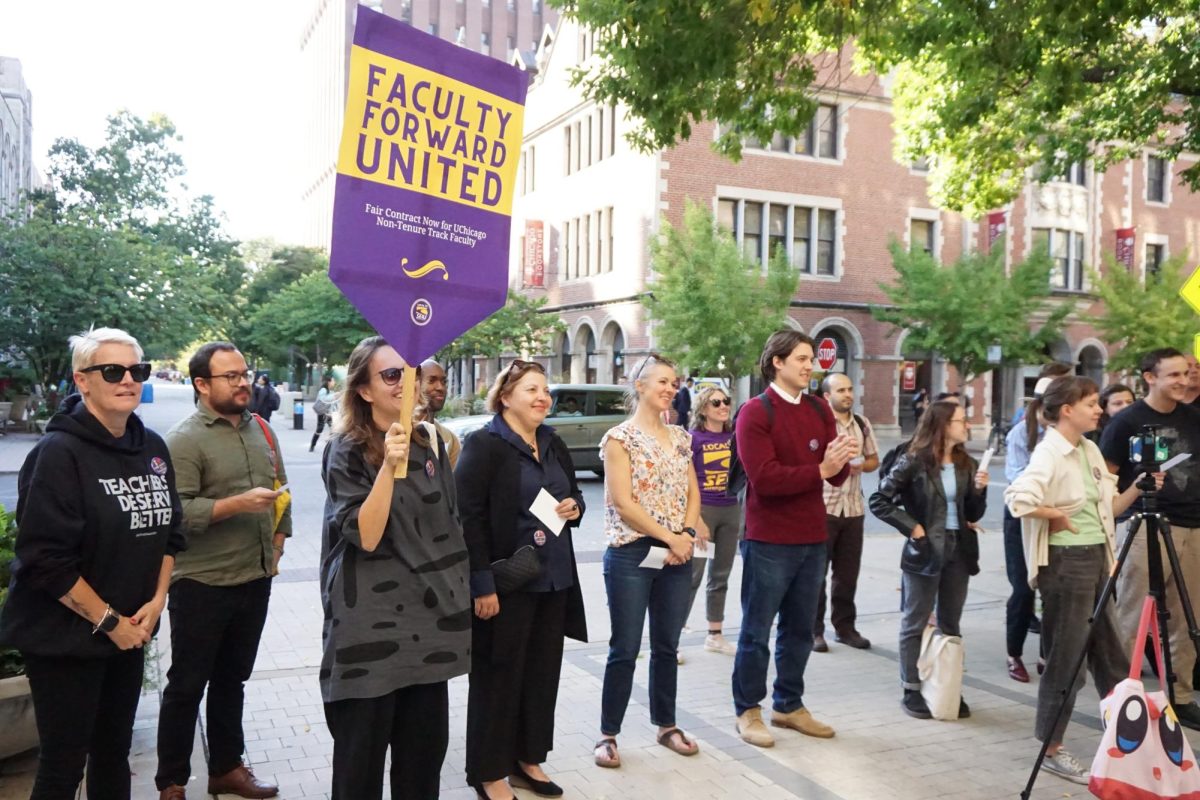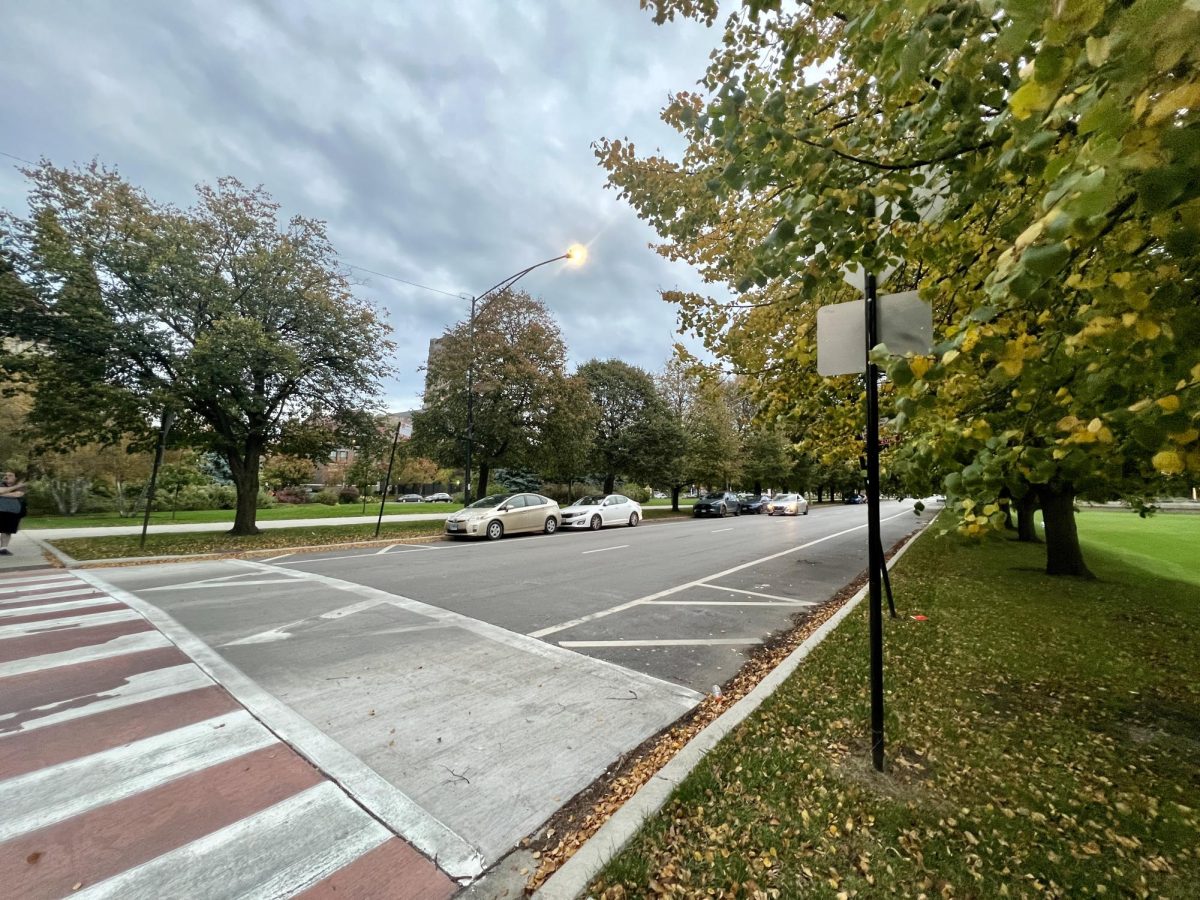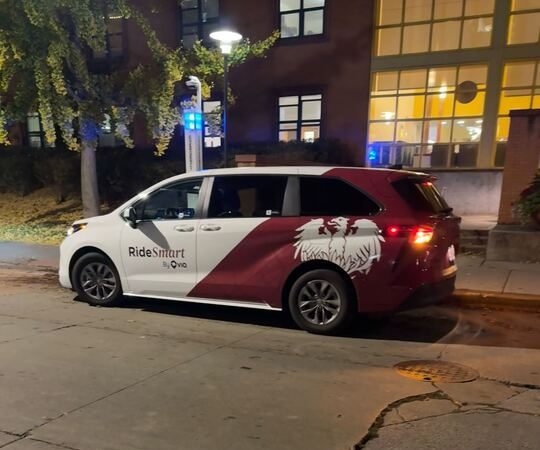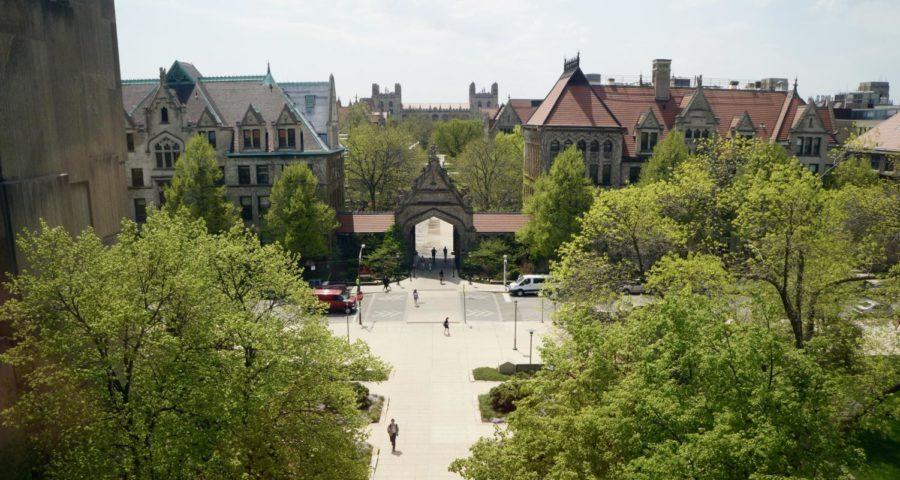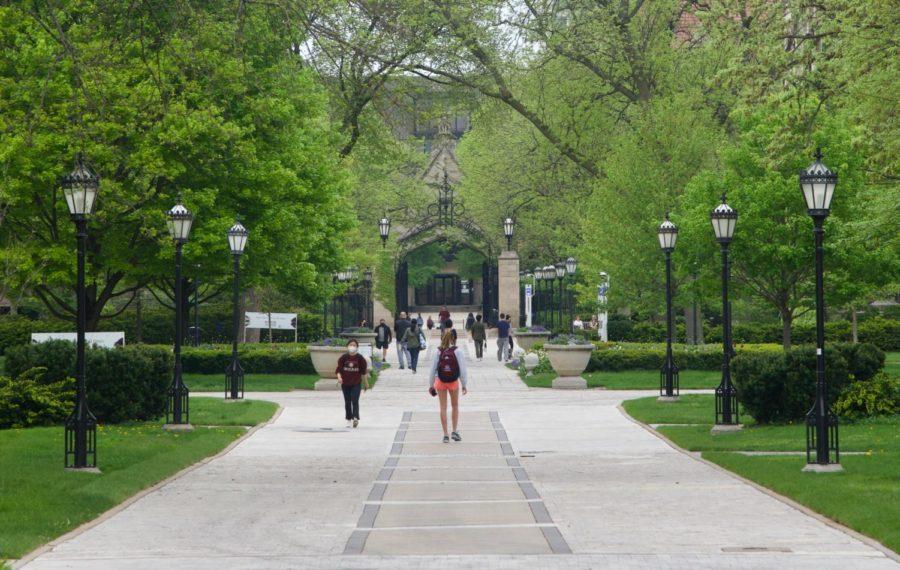Today, the U of C’s sports teams are known as the Maroons, but once upon a time, the University flirted with a different nickname: the Reds.
Documents released by the Federal Bureau of Investigation (FBI) under the Freedom of Information Act (FOIA) include over 2,000 pages on the University of Chicago and paint a vivid picture of surveillance, intrigue, and controversy in the age of McCarthy.
These documents reveal that the FBI monitored the campus through informants at many levels of the administration and within the student body since at least 1944.
However, a 1951 controversy that began at the Maroon embroiled the entire community, reflecting the deep divisions the Communist threat created among colleagues and friends.
On October 4, 1951, Editor in Chief Alan D. Kimmel, a graduate student in the geography department, was dismissed from his elected post by Dean of Students Robert Strozier for attending a Communist Youth festival in East Berlin. In a letter of explanation to the deposed editor, Strozier wrote that attending the festival “demonstrates your lack of qualification to edit a free and independent newspaper.”
Campus response was immediate. The Student Council convened a special meeting the
next day and voted 6–3 against the dean’s decision in a meeting that lasted until 3 a.m.
The Maroon organized a mass protest in Mandel Hall, where one professor of physiology called the dean’s actions “dictatorial and entirely out of line with tradition.”
Heedless of the outcry, Strozier demanded the suspension of the Maroon’s publication until a new editor had been chosen. “Is the Maroon marooned?” asked the Chicago Sun-Times at the time.
Editors, determined to continue publishing, voted 18–0 to take the paper underground, boasting $200 raised at the protest and “a bundle of advertising contracts.”
Student opinion turned against the Maroon, however. While the editors were able to “get 300 signatures on a petition against the dean, a second petition in support of Strozier was signed by 1,600 students and faculty.
These numbers may lend credence to Strozier’s explanation of his move to the Board of Trustees: “Maroon management had drifted into the hands of a small self-perpetuating clique who, during the past two years, had used the paper as a means of expressing their political ideologies without regard to their responsibility to report the news competently and impartially.”
The Student Council eventually switched its position and voted that the Maroon elect a new Editor in Chief. After a week of suspension, the editors capitulated and elected John Hurst, a graduate student in political science, as their new editor.
Nevertheless, the ousted Kimmel attended the annual convention of the Associated Collegiate Press, where fellow college journalists swarmed him with questions.
One student from the University of Minnesota found Kimmel less than informative and was quoted in the Daily News as saying, “He kept switching to how good life is in Russia.”
Alan Kimmel is 80 years old now and living in Rogers Park. When asked whether he would speak to the Maroon about his story, he said, “That’s not something I think I want to revisit.”
Kimmel was far from the only communist on campus, however, and other papers from the FBI file reveal just how closely others were watched by the House Un-American Activities Committee. References to undercover agents hidden in all levels of University power are ubiquitous, as is the censorious black marker.
Documents include surveillance of a talk given by a communist professor of economics and indications that the FBI had planted an agent in the Office of the Dean of Students. The FBI monitored a party thrown by the “Anvil and Student Partisan” (advertised in the Reynolds Club as promising folk music) and pages devoted to the “Membership of the Chicago Unit of the Socialist Youth League.”
Students for Henry Wallace for President, the Labor Rights Club, an anti-Franco rally, and a folk dance group suspected to be “Trotskyite” all received similar scrutiny.
One memo from 1961 concerns Danny Rubin, the Communist Party’s then-head of Youth Affairs, who gave a speech at the University. While the document speaks antiseptically of “surveillance” of Rubin, a Maroon article by editor Jay Greenberg tells a more interesting story.
Headlined “U.S. Gives Students ‘A Fun Time,’” the article describes how, driving Rubin to the El, Greenberg noticed four unmarked cars filled with men holding two-way radios wrapped in newspaper tailing his vehicle,. Knowing that Rubin was the object of FBI attention, he led the agents on a convoluted chase through Hyde Park, circling in front of Harper Library and racing through the quads. Eventually he trapped the agents in an alley and confronted them. They refused to acknowledge their intentions.
The FBI files were requested by James Hughes, former editor of the Grey City Journal, a leftist student newspaper at the U of C. Asked to comment on the files, he stressed the importance of the Freedom of Information Act. “With President Bush, we’ve seen huge restrictions of access to FOIA material, and in the future, it’ll be important to have an administration that respects sunshine and openness. I don’t see why we shouldn’t be able to look at documents like this from 50 years ago.
“One of the things I’m most proud about as a graduate,” he said, “is Chicago’s centrality to the intellectual life of the nation. Students for a Democratic Society’s headquarters were here; New World Notes, the central publication of the New Left movement, was here, too. There’s no denying that Chicago has always been a nest of radicalism of one sort or another.”


